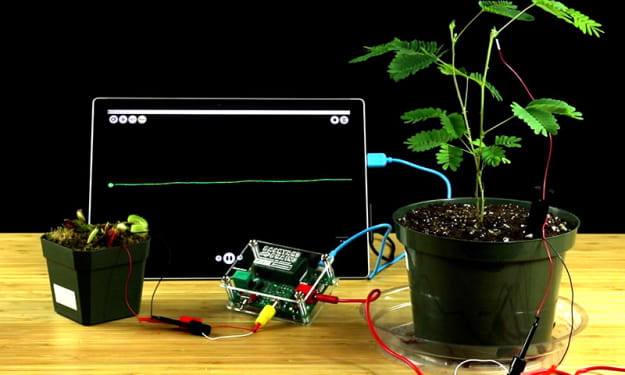The Efficiency of Solar Panels: Past, Present, and Future
Unlocking the Power of the Sun

Solar panels have become a guiding light in our quest for sustainable energy. Their efficiency—the ability to convert sunlight into electricity—has improved dramatically over the years, making them a viable option for reducing our reliance on fossil fuels. Let’s dive into the evolution of solar panel efficiency, the science behind it, and the challenges and innovations shaping its future.
How Solar Panels Work
Solar panels, or photovoltaic (PV) panels, work by converting sunlight into electricity through the photovoltaic effect. When sunlight hits the solar cells in the panel, it excites electrons, creating an electric current. This current is then converted from direct current (DC) to alternating current (AC) by an inverter, making it usable for everyday applications.
The Early Days: Struggling to Shine
Back in 1954, Bell Labs introduced the first practical photovoltaic cell with an efficiency of just 6%. This meant only 6% of the sunlight that hit the cell was turned into electricity. Solar panels were initially expensive and inefficient, limiting their use to specialized applications like powering satellites.
Modern Solar Panels: Shining Brighter
Fast forward to today, and we see a massive leap in efficiency. Modern solar panels typically achieve efficiencies between 15% and 22%. This jump is thanks to advancements in materials and technology. There are three main types of solar panels:
Monocrystalline Silicon Panels: Known for their high efficiency (20-22%) and durability, these panels are made from single-crystal silicon. They’re the top performers but come with a higher price tag.
Polycrystalline Silicon Panels: Made from multiple silicon crystals, these panels are slightly less efficient (15-18%) but more affordable, making them popular for residential use.
Thin-Film Solar Panels: These panels are less efficient (10-12%) but cheaper and flexible, suitable for various innovative applications.
Factors Affecting Efficiency
Several factors influence how efficiently solar panels can convert sunlight into electricity:
Temperature: Solar panels work best at lower temperatures. High heat can decrease their efficiency, which is why they’re less effective in very hot climates.
Angle and Orientation: The positioning of the panels matters. Ideally, they should face the equator and be tilted at an angle equal to the latitude of their location to capture the most sunlight.
Shading: Shadows from trees or buildings can significantly reduce a panel's output. Even a small shadow can impact the performance of an entire array.
Dust and Dirt: Accumulated grime can block sunlight, so regular cleaning is essential to maintain efficiency.
Challenges in Improving Efficiency
Despite the progress, improving solar panel efficiency further comes with challenges:
Material Limits: The theoretical maximum efficiency for silicon-based cells is around 33%. Breaking this barrier requires new materials like multi-junction and perovskite cells.
Cost vs. Efficiency: High-efficiency panels are more expensive to produce. Finding a balance between performance and cost is crucial.
Energy Conversion Losses: Not all sunlight is converted into electricity. Some is reflected, absorbed as heat, or lost due to inefficiencies in the system.
The Future of Solar Panel Efficiency
The future of solar energy is bright, with exciting innovations on the horizon:
Perovskite Solar Cells: These cells promise high efficiency at a lower cost. Researchers are working to improve their stability for commercial use.
Multi-Junction Solar Cells: By layering different materials, these cells can capture more of the solar spectrum, pushing efficiency beyond current limits.
Bifacial Solar Panels: These panels capture sunlight from both sides, increasing overall efficiency. They’re particularly useful in reflective environments like snowy regions.
Organic Photovoltaics: Lightweight and flexible, these cells use organic molecules or polymers. While currently less efficient, they hold promise for future improvements.
Solar panel efficiency has come a long way, turning solar power into a game-changer in the energy world. But this is just the beginning. With ongoing research and innovation, the future of solar energy holds exciting possibilities. Imagine a world where every rooftop generates clean power, and communities thrive on renewable energy. Now is the time to join the solar revolution, explore new technologies, and be part of the movement towards a sustainable future.
About the Creator
Victor VinaHell
Hello! I'm Victor, an artist dedicated to sharing eco-information and some other random stuff! Through my articles, I aim to inspire and empower you to make changes that create a big impact on our planet. We can build a better world!
Enjoyed the story? Support the Creator.
Subscribe for free to receive all their stories in your feed. You could also pledge your support or give them a one-off tip, letting them know you appreciate their work.






Comments
There are no comments for this story
Be the first to respond and start the conversation.